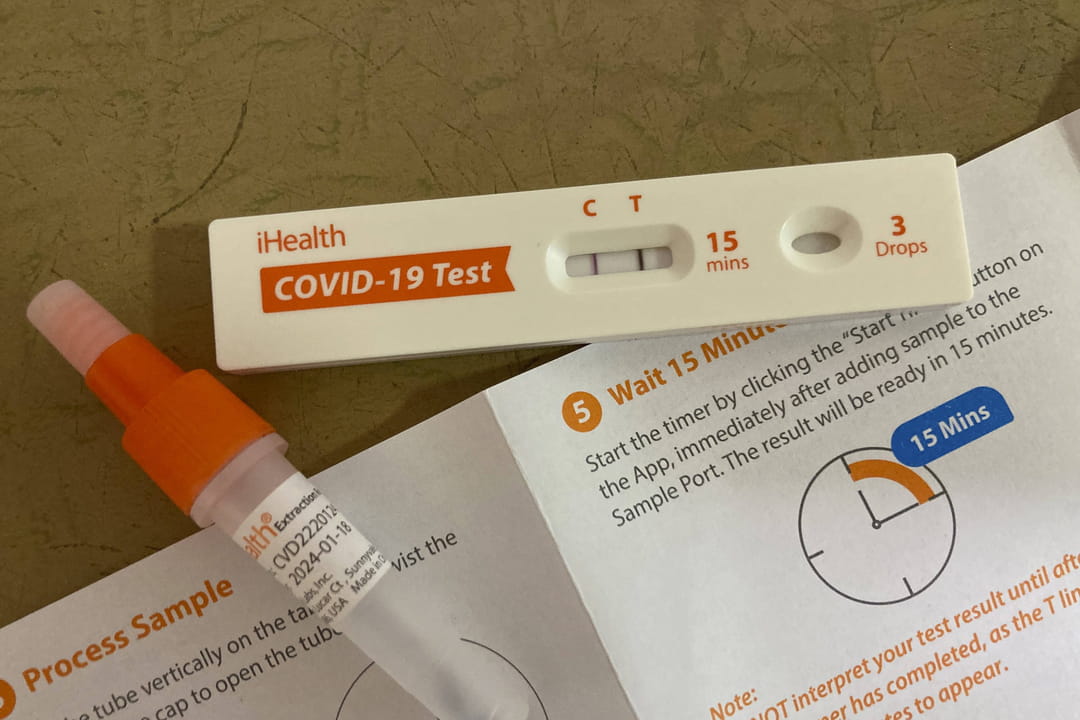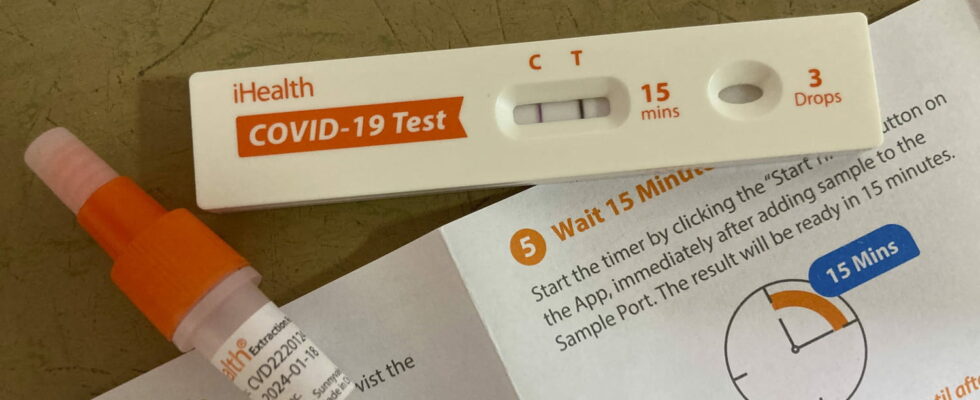A new variant of Covid-19, named KP.3, is spreading rapidly. It is particularly closely followed in the United States where there are fears of a summer wave of contagion.
Summer has arrived and if it is time to prepare for the holidays, an old enemy, Covid-19, reminds us. If the number of cases is rather stable in France, a new variant is being closely monitored by the international scientific community. One country in particular is alert to its presence and rapid development, the United States, a country very popular with the French for summer vacations.
There, the KP.3 variant has developed very quickly in recent weeks to the point of becoming the dominant strain and threatening to develop in Europe, via the air as the holidays or the Olympic Games in Paris approach. If the situation is particularly monitored in the United States, Europe is not immune. Scientists fear that the virus has already crossed the Atlantic, probably traveling by plane with tourist flows.
In France, the KP.3 variant has already been identified and has been monitored since April but Santé Publique France assures that it is “circulating at low levels”. Initially detected in American wastewater, the KP.3 variant has a precise origin that is still unknown. But one thing is certain, it is spreading at an alarming speed across the Atlantic. Since the beginning of June, KP.3 has already become the dominant variant in the United States, representing 25% of Covid-19 cases according to data from the CDC (Center for Disease Control and Prevention). It dethroned the previously dominant variant, JN.1, from which it came.

KP.3 differs from JN.1 only by two mutations in the spike protein. But these mutations are important. One of them, called F456L, allows the virus to attach more easily to our ACE2 receptors, thereby increasing its infectivity. This explains its rapid spread, allowing it to gain the upper hand over other variants in circulation such as KP.2, the previous variant which appeared in the spring.
Good news, experts indicate that KP.3 does not seem to cause symptoms very different from previous variants but they emphasize that we will have to remain vigilant about a possible evolution of the disease. Despite a significant drop in deaths and hospitalizations linked to Covid, the latest data from the CDC show a slight increase in positive tests (+0.4%) and visits to emergency rooms (+16.2%) in the United States on the week of June 10 compared to the previous week.
Weak signals but which must be monitored closely. Because what many experts fear is a potential “summer wave” caused by KP.3 and its already identified descendant, KP.3.1.1. This sub-variant could spread even more quickly and ruin the vacations of many tourists. On June 10, Santé Publique France noted that KP.2, the previous and closest strain, “raises questions due to its rapid spread in certain countries (including France) and its genetic profile”.
The body also underlined that it “seems to have a gain in escape from immunity but a reduction in its infectivity, thus potentially limiting its diffusion and its severity”. Faced with this threat and if you are planning to travel this summer, vigilance may therefore be required, especially in the event of the appearance of mild but common symptoms in the case of Covid-19 infection, such as fever, cough, fatigue, or headache.
